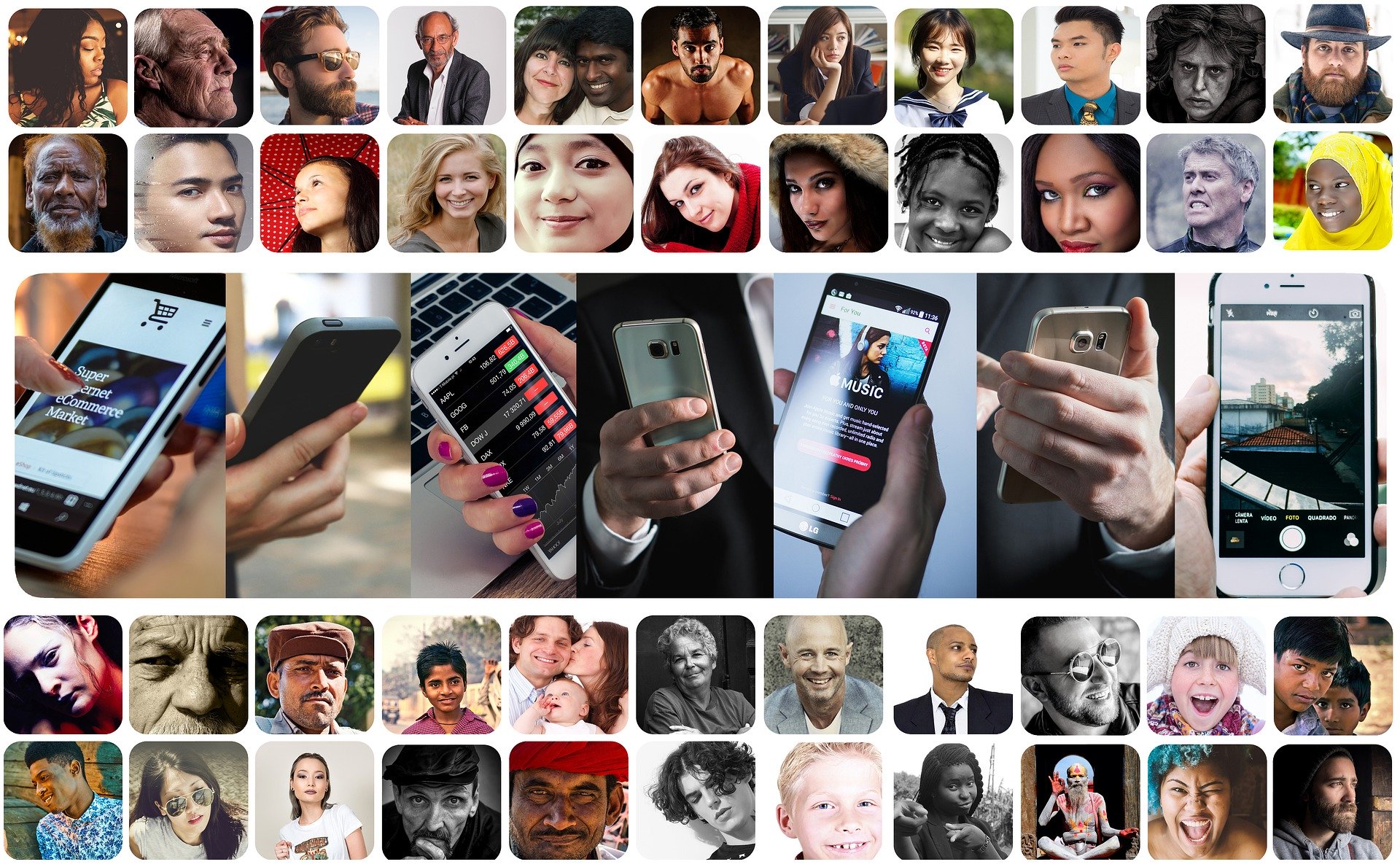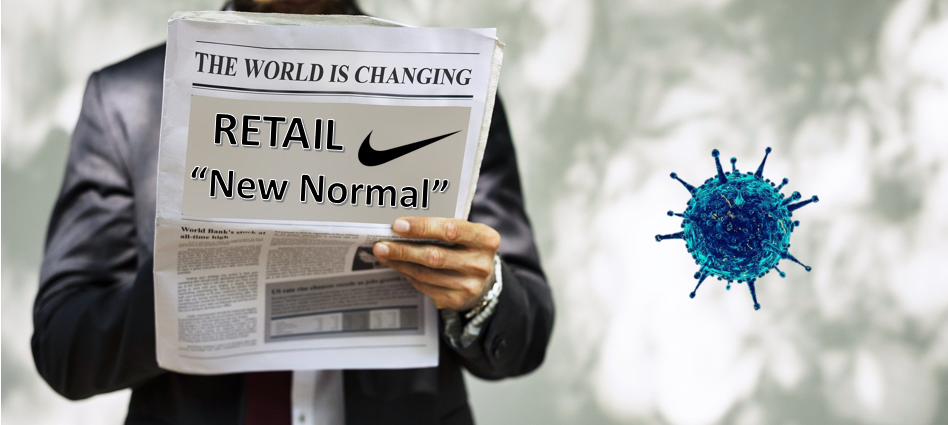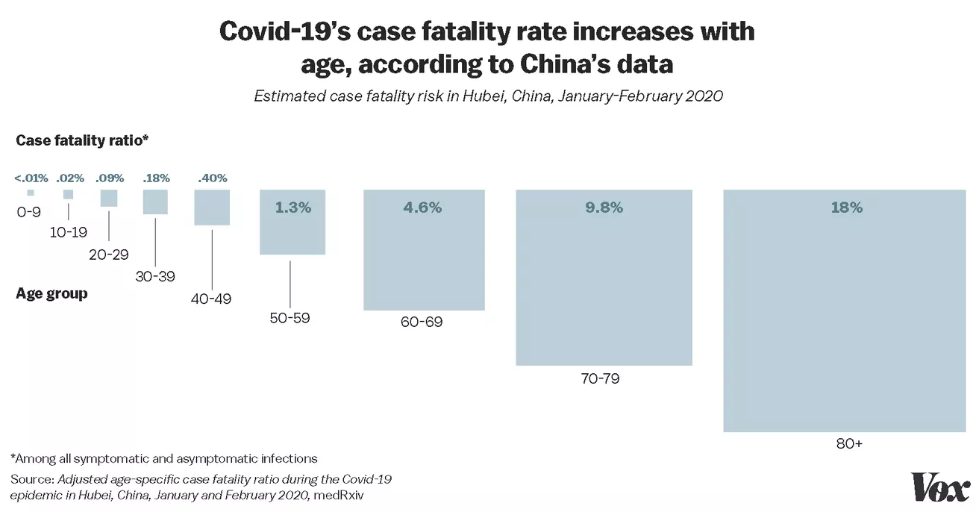Blog

Consumer spending accounts for roughly 70% of USA economic growth in the United States. In a short amount of time, COVID-19 has become a brutal disruptor of traditional buying patterns.
Research indicates that it takes 66 days or roughly two months for a behavior to become an automatic habit. That is roughly how long most countries were in various lockdown phases.
As we reopen stores, we are in unchartered shopping territory. This article summarizes the latest shopping data, key insights on the digital shifts underway, and recommendations for a stronger retail industry recovery.
"Retailers need to stop expecting business to return to “normal.” There’s no going back to how it was anytime soon. Even before the Covid-19 pandemic and economic crisis, brick-and-mortar retailers had been fighting a fierce battle against Amazon and other e-commerce players. Those challenges have now accelerated at staggering speed."
The Toilet Paper Crisis in NOT Over
- Details

Throughout the COVID-19 lockdown phase, I have been following very closely the global economic and retail trends in anticipation of the reopening phases which are now underway in many parts of the world. Good signs from key markets such as USA which saw the biggest historical increase in retail sales in May.
The threat of multiple other waves of COVID-19 is still present, but key lessons have already emerged to guide countries during the reopening phase. Continuing to do well are most of the essential retailers, e.g. food and drug stores. Their growth spike will slow as more of the retail industry reopens. Best positioned are those essential retailers that had fully scaled services such as Buy-on-Line-Pick-Up-in-Store (BOPIS) prior to the pandemic lockdown.
Non-essential retailers, especially apparel and department stores have a longer road to recovery and some projections have them returning to 2019 level in the distant year 2023. To survive these sectors have already accelerated discounting, a recipe which will trains consumers to expect more and further delay profitability. As Neil Saunders pointed out in his June 12 Webinar, in May 2019 just over 21% of apparel items were discounted and the average discount was nearly 18%. For May 2020, nearly 70% of the items are discounted and the average discount rate is more than double at just over 44%.
The lockdown online shopping spike is subsiding with various forecasts having 2020 reach 20% to 21% of total USA retail sales. Prior to the pandemic, USA ecommerce was expected to reach anywhere from 15% to 19% of total retail sales as projected by multiple industry analysts.
COVID-19 has become a brutal accelerator of digital transformation trends that were already underway. Ecommerce has leaped two to three years ahead of previous growth patterns. There will be a substantial number of physical stores in the boring middle that failed to keep up with consumer engagement and innovation that will close.
- Details
The Top 5 Pure Retail, Apparel, and Luxury Brands

"Brands will matter more in the world the virus leaves behind, and those that work now to build trust by acting, visibly and decisively, with an essential and authentic purpose, will be among the survivors. If they find new reserves of agility, creativity, and resolve, they can shape the way consumers view them in the midst of the crisis, and emerge not just with a viable business, but a sharp competitive edge." - BrandZ 2020 Report
Every year I look forward to the latest BrandZ Global Most Valuable Brands Report. Timely for 2020, BrandZ published a separate Global Top 75 Retail Brands edition that includes in-depth COVID-19 analysis on the impact of the pandemic to brands.
"The combined value of the BrandZ Top 75 Most Valuable Retail Brands has risen by 12% in the past year, to $1.514 trillion. These brands come from four sub-categories: Pure Retail, Fast Food, Apparel and Luxury, and they are growing despite – and in some cases as a result of – severe disruption in the market."
This article summarizes some of my favorite insights from the 131 pages 2020 retail report.
Top 5 Global Retail Brands
- Details

Latest Post COVID-19 Global GDP and Retail Forecasts
For the last couple of months during the lockdown, I have been extremely busy continuing to speak with retailers, working several board opportunities, setting up an in-house studio, opening a new YouTube Channel, hiring research resources, and participating in a plethora of podcasts and webinars. Because of COVID-19, my primary focus has shifted to providing intensive data-backed analysis to the "new normal" ahead.
This article summarizes the latest data from multiple leadership sources on the near term economic and retail challenges from COVID-19. All the trends confirm a post pandemic "New Normal".
What will be the 2020 GDP impact to key economies? Which consumer categories are positive? Which continent will lead the recovery? How many USA stores have reopened? Will it be a V, U, or L shaped retail recovery? How long will it take for key USA retail sectors to recover? Is online retail permanently eating the consumer world? Where do we go from here?
Worldwide COVID-19 GDP / Consumer Expenditures Impact
- Details

In 2019, China was projected to surpass the United States to become the world's largest retail market. On November 11, 2019, Alibaba celebrated a record $38 billion in online retail sales during the Singles' Day 24-hour shopping holiday.
Because of the USA trade wars and subsequently COVID-19, the euphoric rise of China in being THE number one country in retail has been delayed. Notwithstanding this ascension, China continues to be the digital laboratory for the future of retail.
In this article, we explore a few of the China emerging technologies deployed during the lockdown which have a direct impact on retail. Next, we look at the digital innovation steps leading to the reopening of a "new normal" retail industry.
There's an App for That Pandemic Track
Very impressive is a recent presentation from Andreessen Horowitz on the number of apps deployed in China to fight COVID-19. Linked to the Alipay (Alibaba) mobile payment system, one of the examples apps provides a color QR code on your health.
- Details
The Latest Post Pandemic Retail Sales Forecasts

"At a time when people were confined to their homes, we moved swiftly to leverage our digital app ecosystem and Nike expert trainer network to inspire and support consumers across China to stay active and connected while at home. As a result, our Nike Training Club (NTC) workouts in China saw an extraordinary rise in signup and engagement. In fact, our weekly active users for all of our Nike activity apps were up 80% by the end of Q3 versus the beginning of the quarter.
And here's what happened - the strong engagement of Chinese consumers with our activity apps translated into strong engagement with our Nike commerce app. As a result, our digital business in China grew more than 30% and maintained strong momentum throughout this challenging period, a powerful statement of Nike’s agile problem-solving in times of disruption." - Nike CEO
During China's peak of the COVID-19 outbreak earlier this year, nearly 760 million people were in some form of home lockdown. Above Nike response is an example of the positive actions taken by retailers during the health crisis.
This article summarizes the COVID-19 China's "new retail" strategies, generational commerce transformation trends, and the latest global / regional retail sales forecasts post the pandemic.
China COVID-19 Lessons Accelerating the Future of Retail
Conceived by Alibaba co-founder Jack Ma, "New Retail is a critical chapter in the comeback story of physical retail, and the digitization of all retail." As China has now transitioned through most of the COVID-19 crisis, here are a few lessons from new retail:
- Details
Prepare for the Worst and Plan for your Future Professional Best

Having a substantial part of my family south of the red zone in Italy, I have been following very closely the progression of COVID-19. As of March 17, Italy had over 31,500 cases of Coronavirus with 2,503 people now deceased. To put that in perspective, Italy with 60 million people has already reached nearly 78% of the fatalities in China with a population reaching 1.4 billion.
"Italy has one of the oldest populations in the world, with a median age of about 46 years old. Nearly 60% of the population is aged 40 and over, about 23% of which is over 65." The data from China confirms that fatalities increase with age.

As exemplified by panic buying, COVID-19 feels overwhelming. Protecting your family and your health should continue to be paramount.
This article summarizes lessons for retail in China and where the industry transforms next. Several projected economic scenarios are also presented. Finally, we will explore the unforeseen new 'normal' that will emerge from digitally transformed stale business models.
The Retail Apocalypse Wanes
- Details

At the recent annual conference of the International Supply Chain Protection Organization (ISCPO), it was a great pleasure to deliver the latest edition of my continuously updated 'Disruptive Future of Retail' presentation. As it is top of mind for everyone, my opening remarks focused on supply chains and the growing global concerns with the Coronavirus (COVID-19).
Timely to the conference was my last article, 'The Coronavirus and Its Predictable Future of Retail'. As I expressed to the audience, the end of the health crisis is uncertain but multiple historical lessons point to eventual retail recovery and stabilization.
"By stimulating (more aggressive China) demand for online shopping, the outbreak has highlighted the broader need for traditional retailers to keep moving away from a reliance on brick-and-mortar stores to an omnichannel model." As my futuristic presentation explores, China on multiple levels was already leading retail disruption. COVID-19 will accelerate digital transformation trends to the rest of the world.
This article summarizes just a few of the NEW charts from the 2020 edition of the Disruptive Future of Retail.
The $30 Trillion Retail Opportunity
- Details

This week, I was invited by Rethink Retail to speak about the actions retailers should be taking in response to the growing global concerns with the coronavirus. In this article, I will summarize some of the information shared in the podcast plus additional post analysis insights with focus on major economies and retail.
The new coronavirus, officially renamed COVID-19 by the World Health Organization (WHO), is thought to have jumped to a human from a yet-to-be-identified animal host. "Based on current estimates, scientists say the new virus has a reproductive value of between 2.24 to 3.58, meaning an infected person could pass on the pathogen to between two and four people. In order to contain the outbreak, that value has to be reduced to below 1."
The Global Impact of Coronavirus
A new study indicated that the coronavirus could impact over 5 million businesses worldwide. Dun & Bradstreet research found that "51,000 companies worldwide, 163 of which are in the Fortune 1000, have one or more direct or 'Tier 1' suppliers in the (primary China) impacted region."
- Details

This is the second article covering the innovation leadership activities around NRF 2020. My previous post summarized the three most impactful perfect vision takeaways of NRF 2020.
Just prior to the New York NRF Big Show, a favorite activity every year is to attend the information-packed RetailROI SuperSaturday. This industry leading event brings together "retail’s most prominent thinkers for revealing discussions on Digital Transformation, Unified Commerce, Marketplaces and best practices for being a Retail leader in today’s fast-paced world—all for a greater cause".
From this year's 11th SuperSaturday edition, here is a summary of the altruistic work of RetailROI and the latest research on the strategic 2020 retail digital transformation technologies.
A True RetailROI Human Difference
The purpose of the RetailROI is to raise awareness and provide real solutions for the more than 400 million children vulnerable worldwide. In just ten years, RetailROI has made substantial progress in making an appreciable human difference to the world by helping over 250,000 children in 25 countries.
- Details
















